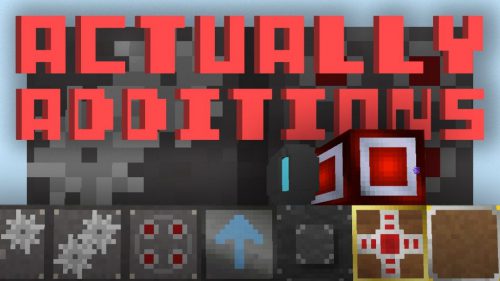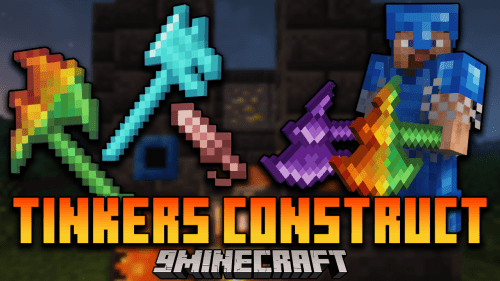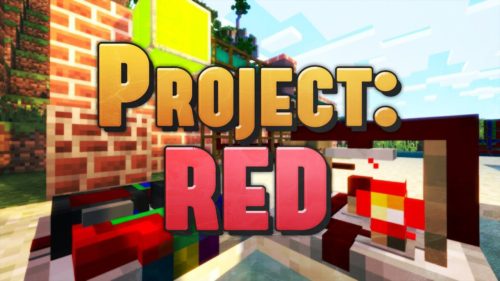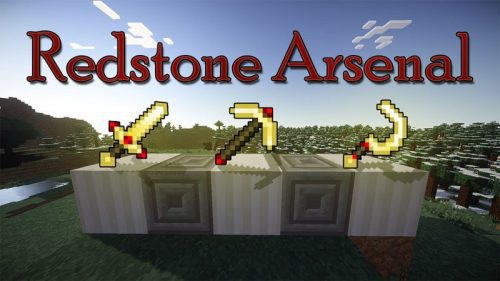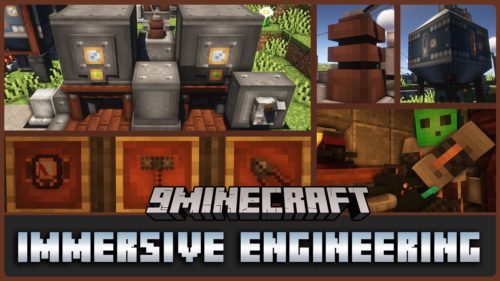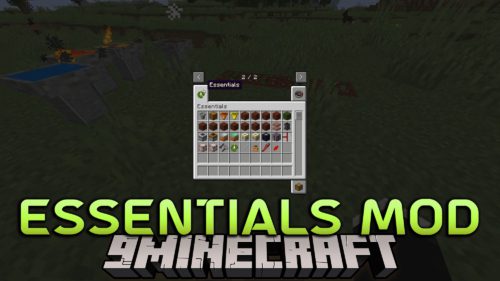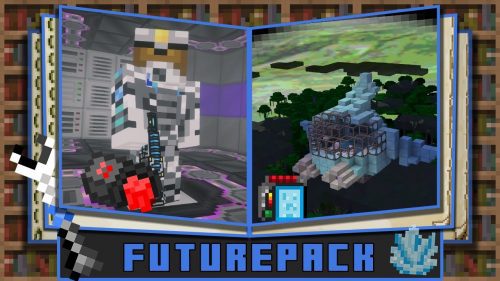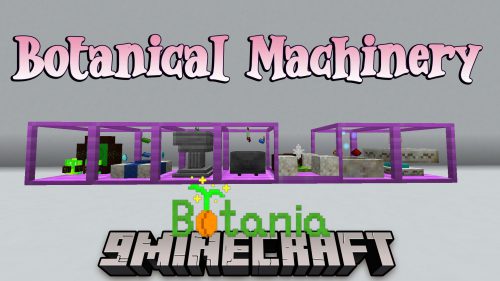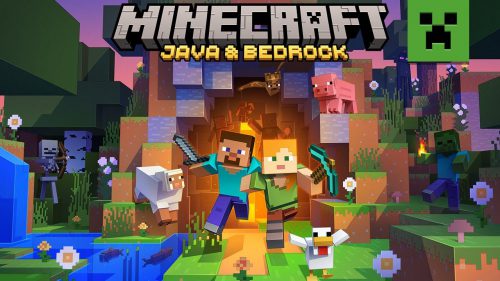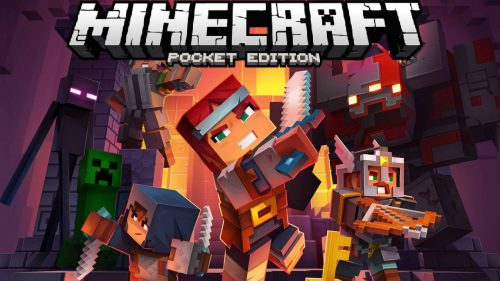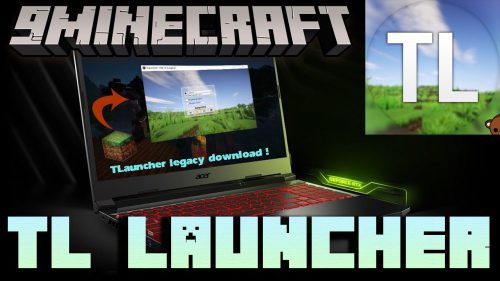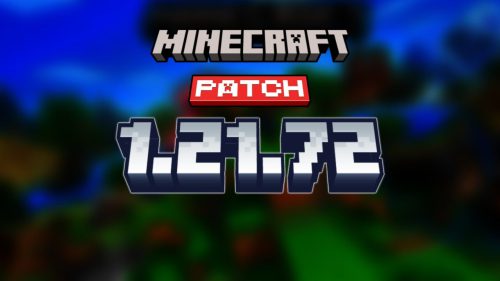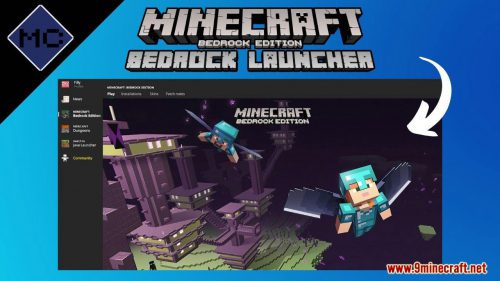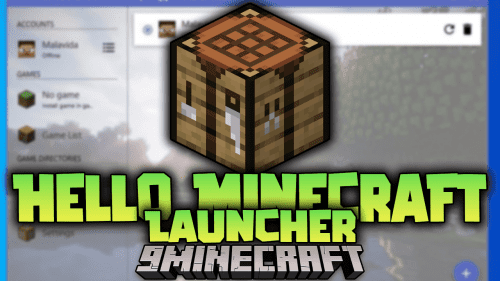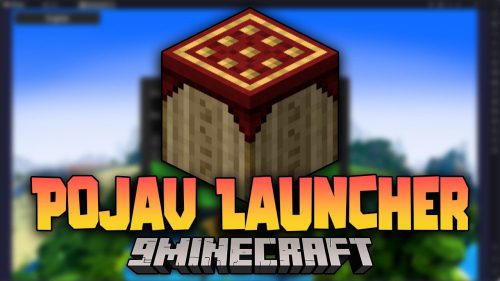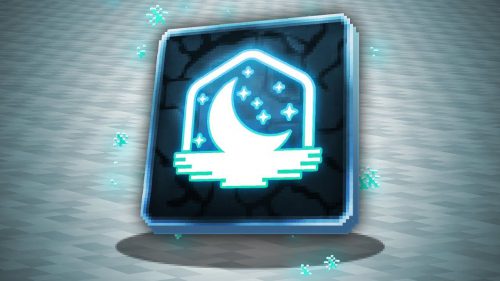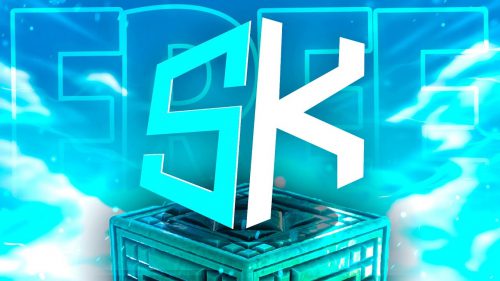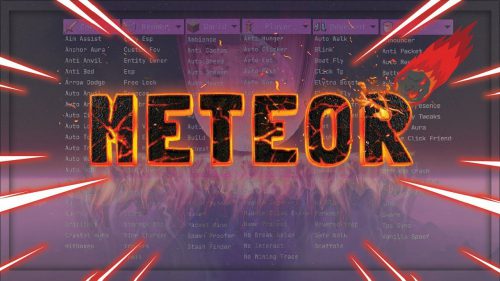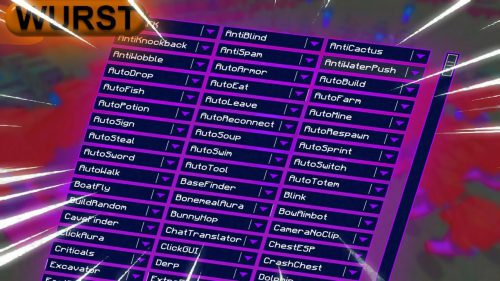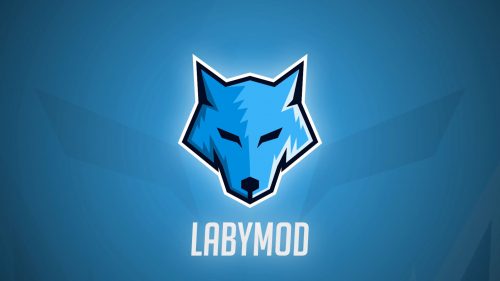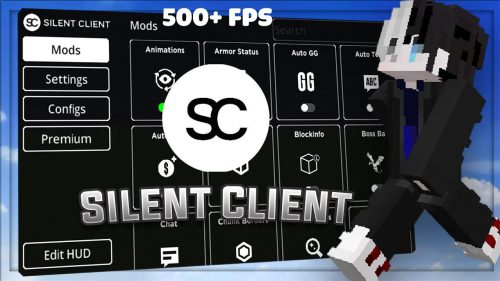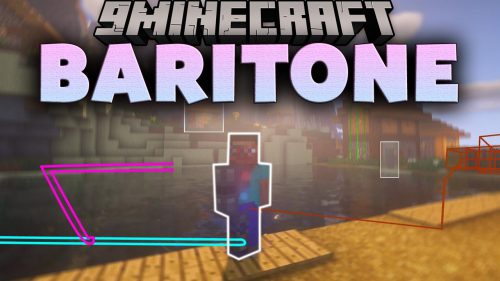Homepage » Minecraft Mods » Soulus Mod (1.12.2) – Restoration of Animalia
Soulus Mod (1.12.2) – Restoration of Animalia
Soulus Mod (1.12.2) is a mod about creating life and then exploiting it. It provides functionality for almost every aspect of mob farms, and late-game functionality for Beyond the Mob Farm™. Modpackers rejoice: Almost all functionality in the mod is also configurable or disableable. The main reason the mod was created is because the developer was tired of building giant mob-spawning boxes in skyblock modpacks (it was boring). However, even though the mod was made to fix that problem, that doesn’t mean it’s only usable for skyblock modpacks. In fact, the default mod configuration is for vanilla worlds. A normal playthrough of Soulus will have you digging up fossils in order to collect the “essence” of creatures past, then use that essence to spawn real creatures. When you’re first starting out, you’ll have to stay very close to your Summoner to spawn the creatures, and spawning will take ages. However, over time, as you progress through the mod, you’ll discover new technologies for increasing the speed and usability of your Summoners. Late-game Soulus is about using the creatures you spawn to automate crafting, and eventually compress their souls into the fuel for a kind of beacon which will allow your Summoners to function without your presence. You must sift through the ashes of the dead to restore life to the world.
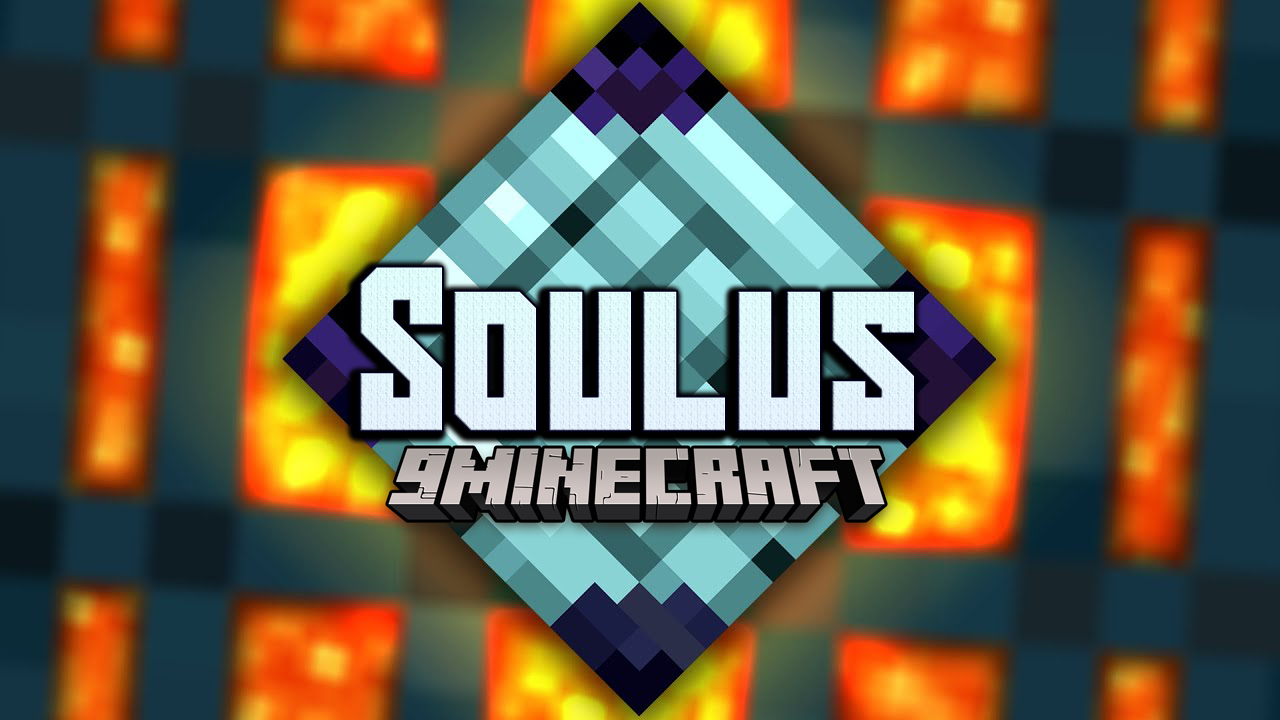
It is focused about spawning mobs and exploiting those to get more advanced items. By default, it prevents all mobs from spawning and make them drop nothing when killed. The player must find fossils in order to get started with the mod and use it to spawn mobs. Those aspects can be configured if needed.
Features:
Materials
The early game in Soulus will require quite a bit of exploration and resource gathering. The major difference between it and normal vanilla is simply that no creatures spawn. It makes it safer, but at the same time, it also removes the easiest source of food. You’re going to want to start out by making farms, but even those won’t be as useful as you won’t have bonemeal right off the bat.
Fossils
Anywhere in the overworld, in dirt, sand, and other miscellaneous blocks, veins of “fossils” will generate. Some types of fossils are biome dependent.
- Normal fossils — Spawns exclusively in dirt blocks. They will not spawn in ocean biomes, the nether, or the end.
- Mossy fossils — Spawns in dirt in wet/dense biomes. (Jungles, swamps)
- Dry fossils — Spawns in sand & red sand in hot/dry biomes (deserts).
- Frozen fossils — Spawns in dirt in cold biomes.
- Scale fossils — Spawns in gravel in water biomes (river/ocean), or in sand and red sand in hot/dry biomes (deserts).
- Glowing fossils — Spawns in dirt, sand, red sand, netherrack, and end stone, in every biome except for the ocean.
- Blackened fossils — Spawns in netherrack in the nether.
Breaking a fossil block will give you between 2 and 6 “bone chunks” matching the type of fossil.
Bone Chunks & Essence
You can right click while holding a bone chunk to collect the “essence” from inside it. This process is called “Marrowing”. If you have JEI installed, you can view the types of essence that can be collected from each type of bone chunk, and their respective chances.
The most useful bone chunk in the early game will be the ender bone chunk, but not for the essence it contains…

Sledgehammer & Dust
The sledgehammer is a tool that allows you to crush a chunk of bone (and many other things) into a fine powder. Using the sledgehammer on most bone chunks will result in bonemeal. Using it on a glowing fossil, however, will result in “ender dust”, which is arguably the most useful powder in Soulus, and a building block of the science of summoning.
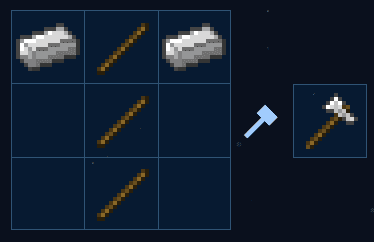
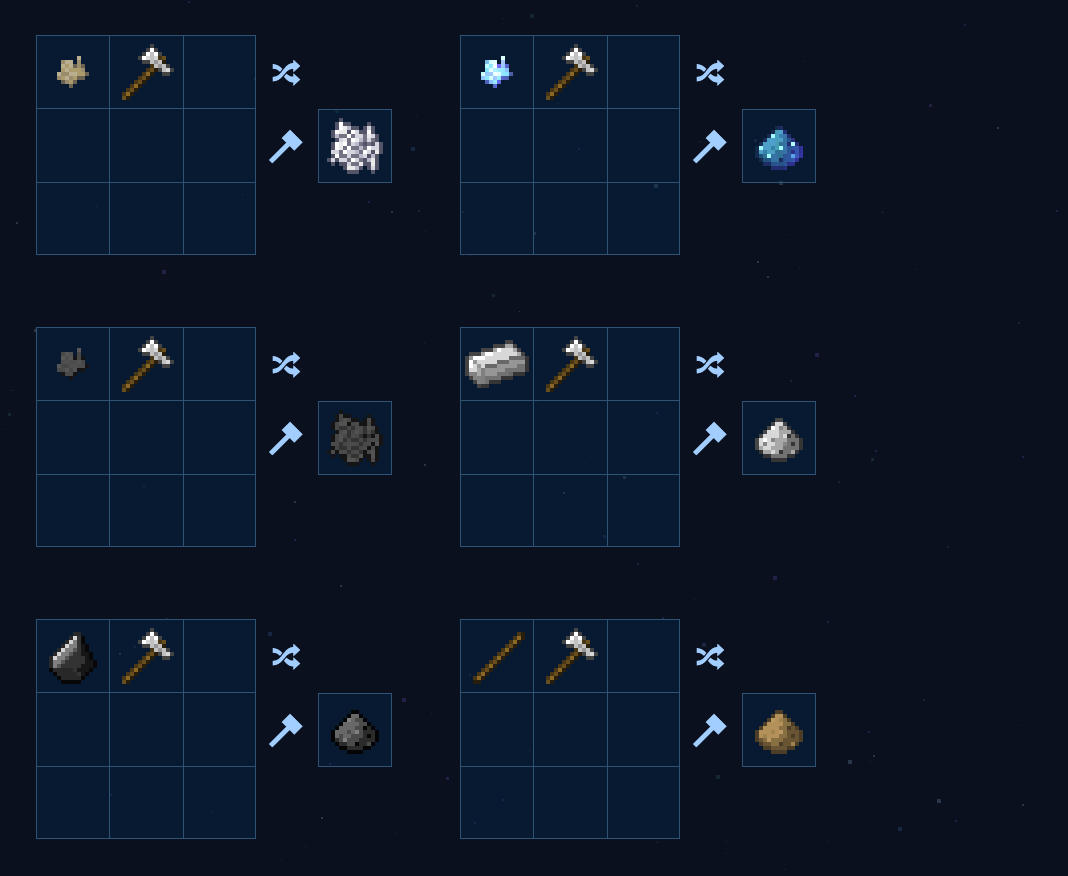
Bark
Bark has a rare chance of dropping when chopping down a tree. It can be used for making books or a crude bucket.

Glue
Glue can be used in place of slimeballs in most recipes. It’s crafted from bonemeal, sugar, and water.
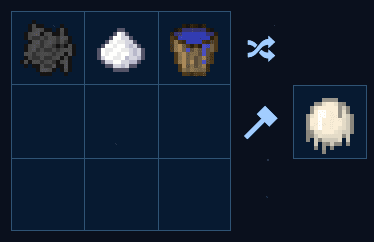
Endersteel
Endersteel is the base metal of Soulus. It is created by smelting a blend of ender dust and iron dust.

Endersteel can be compressed into a block, or made into bars.

When placed into the world, the Block of Endersteel can be used as a clock by reading its value via a comparator. The value is 0 when the block is receiving no power. When receiving power, it oscillates in a sin-wave from 0-15, at a speed dependent on the power received.
Summoner
Soulbook
The Soulbook is a container for souls. It is crafted by combining a book with ender dust. It is then filled with a single type of essence. (By default, it takes 16 essence to fill a Soulbook)

Summoner
The Summoner can use souls to create creatures. It’s crafted from endersteel bars and ender dust.
The Summoner can’t work on its own, however: it’ll require one of the Soulbooks you’ve created. Simply right click on the Summoner a filled Soulbook. The Summoner will use the souls inside the Soulbook to create that kind of creature.
With just the book, unfortunately, the Summoner is not very effective at summoning creatures. It takes ages to complete a summon, it will only summon one creature, and it will require you to be very close in order to process the summon.
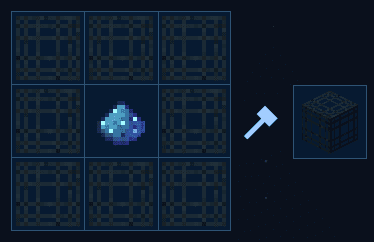
Existential Essence
By combining nine unique kinds of essence, you can create “Existential Essence”. This essence temporarily speeds up summons from a Summoner of the same type as one of the essences in the Existential Essence. You can also combine Existential Essence of different types to allow it to work on more kinds of Summoners.
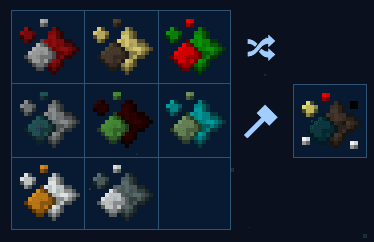
Alternatively, to speed up the Summoner permanently, you can insert three different kinds of upgrades:
Speed Upgrade — Oscillating Gear
The Summoner can hold up to 16 Oscillating Gears, ranging from around 10 minutes per summon to around 30 seconds per summon. (All of this is configurable)
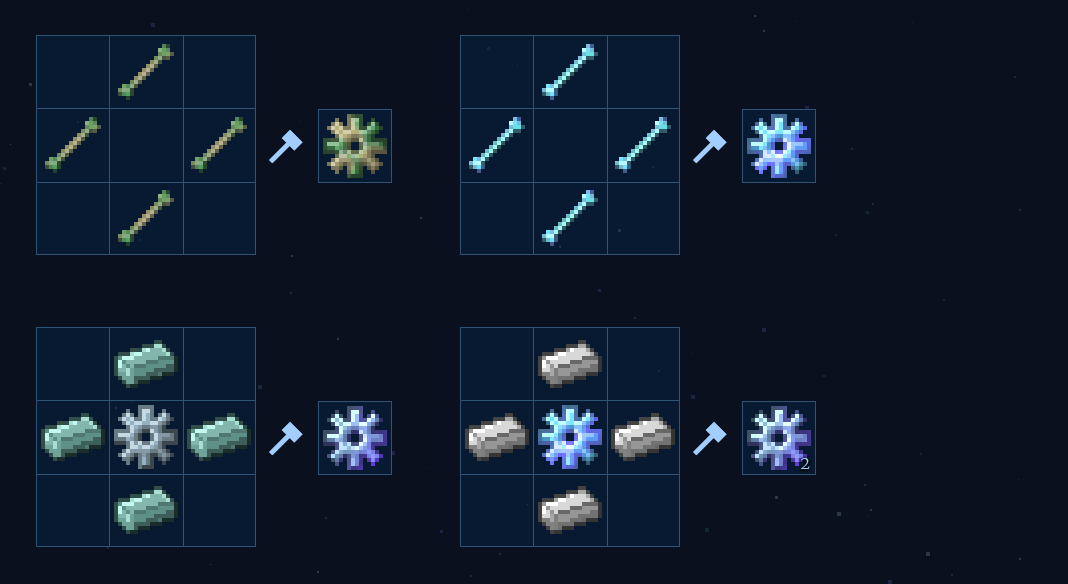
Quantity Upgrade — Blood Crystal
By default, a Blood Crystal requires 1000 blood. You may collect blood in two ways:
- Pricking yourself. Pricking yourself deals 9 damage to you (4.5 hearts) and gives you the effects hunger and nausea. It adds 90 blood to the blood crystal.
- Killing creatures. It deals 1 damage to entities, and collects 3 blood from each prick.
When a Blood Crystal has been filled, its stack limit is 16.
The Summoner can hold up to 16 Blood Crystals, ranging from a single entity summoned to around six entities summoned. (Again, all of this is configurable)
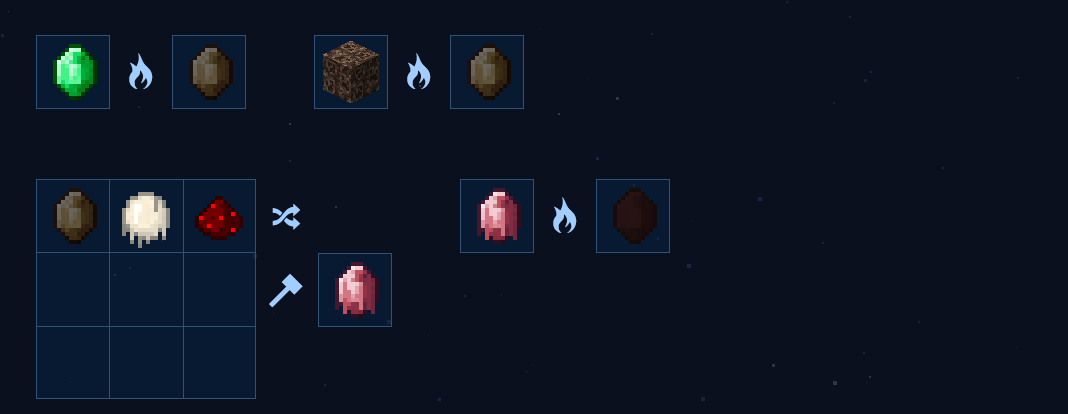
Range Upgrade — Murky Orb
Late-game, Murky Orbs can be filled easier by putting them into a Composer Cell.
When a Murky Orb has been filled, its stack limit is 16.
The Summoner can hold up to 16 Murky Orbs, ranging from around an activation range of 5 blocks to around 70 blocks. (All of this is configurable)

Efficiency Upgrade — Niobium Gear
The Niobium Gear is a late-game upgrade for the Summoner which will reduce the Soulbook usage rate of a Summoner. By default, enough Niobium Gears will not prevent all Soulbook usage, only heavily reduce it.
Upgrade — Midnight Jewel
The Midnight Jewel is a late-game upgrade for the Summoner which causes the Soulbook to last forever, and the Summon speed to be very fast, but the activation range and spawn quantity to be “middle-of-the-road”. This is in order to emulate natural mob spawners. When the Midnight Jewel is inside the Summoner, no other upgrades may be inserted.
The Midnight Jewel upgrade is most useful for quick summoners that don’t need to be maximally upgraded.
Summoner Effects
You may notice that the Summoner spawns creatures with various status effects. The effects that the creatures may spawn with change depending on the “style” of Summoner. There are currently 7 styles. Most styles have both an upside and a downside, it may be worth considering which style to use. The effects last forever. Creepers that are summoned with effects do not leave lingering potion effects on explosion.
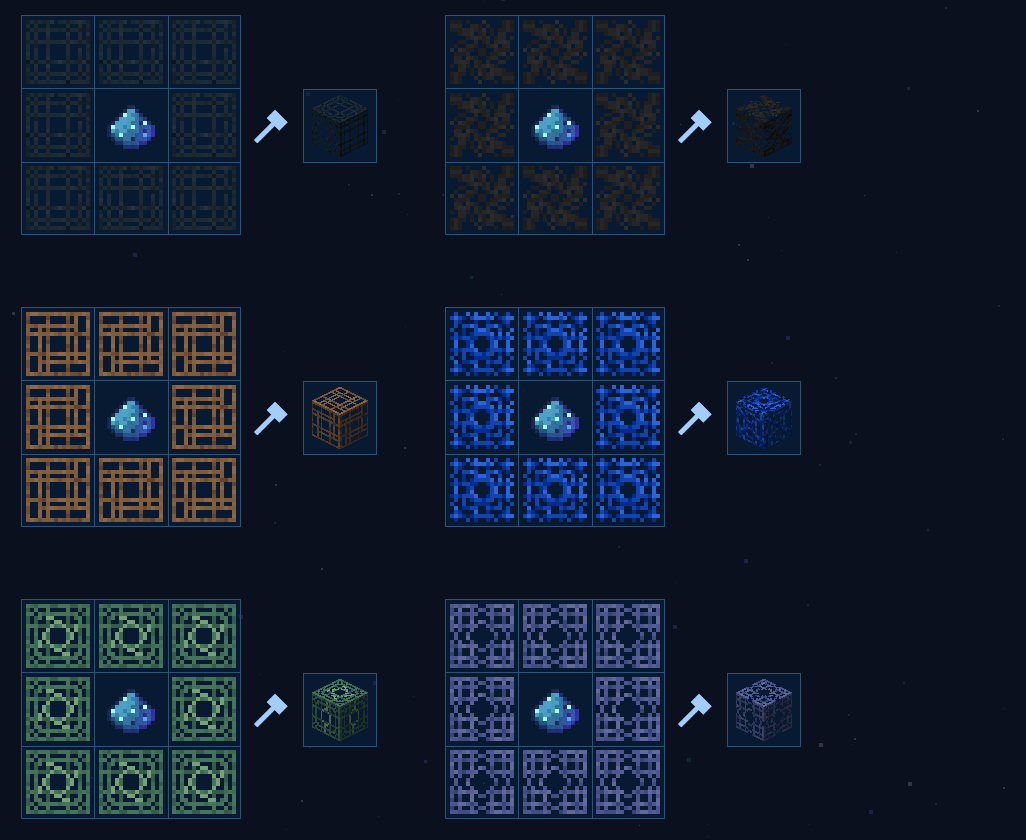
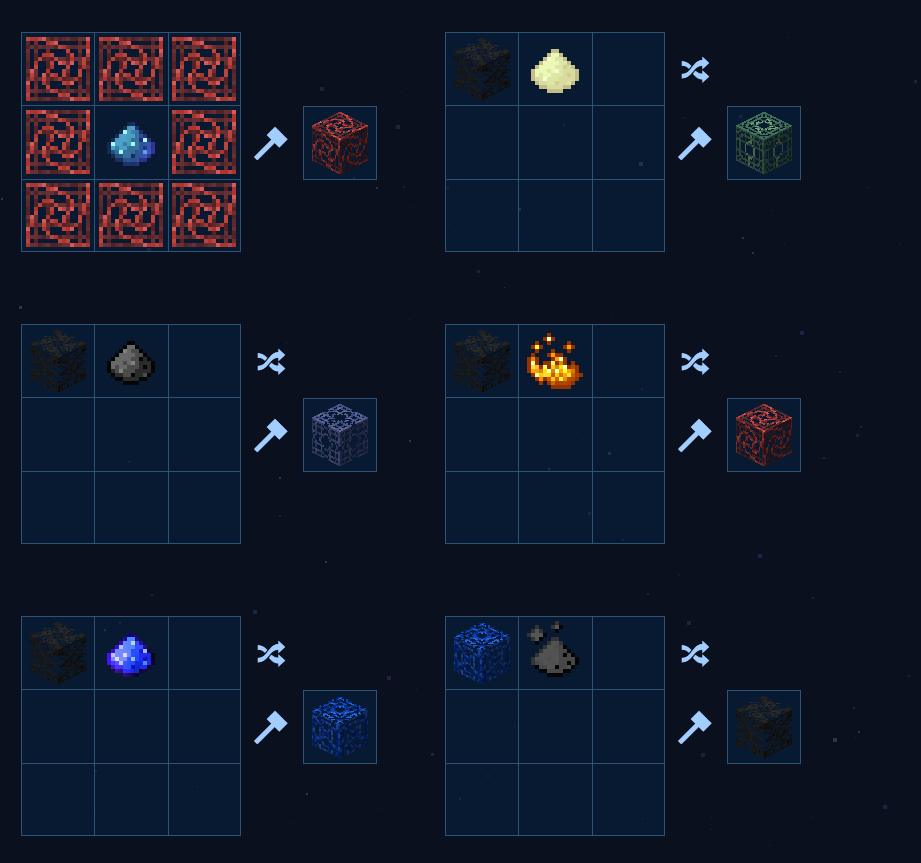

Skewer
The Skewer is the Soulus way of killing creatures.
Skewers can be placed in any orientation, and spikes will extend outwards when the block receives a redstone signal. If you are at the same height as the spikes when they’re facing upwards, you will collide with them and not be able to walk into them, but if you are any higher than that (eg: on a slab, a trapdoor, snow layers, or even a carpet), you will fall into them and begin to take damage. You (or creatures) can also stand on the sides of spikes when the skewer is laying on its side.

Skewer Upgrades
Redstone Torch (Invert Default State)
When inserted, the skewer will be extended by default, and a redstone signal will instead retract the spikes.
Unfinished Blood Crystal
As the skewer damages entities, it can collect blood into the blood crystal it stores, based on the damage it deals. By default, for each damage it deals to an entity, there is a 50% chance of receiving 1 blood.
Nether Quartz (Damage)
By default, the Skewer only deals 1 damage to each entity when they’re not resistant to the damage. The Skewer can hold 64 Nether Quartz. At this point it will deal around 6 damage to entities when they’re not resistant to the damage.
Spider Eye (Poison)
By default, the Skewer can hold up to 16 spider eyes. The more spider eyes, the higher the chance of the poison status effect being applied each time an entity takes damage from the skewer, from a 20% chance at 1 spider eye to a 100% chance at 16 spider eyes.
Ash (Tether)
By default, the Skewer can hold up to 16 ash. The more ash, the higher the chance of teleporting entities being tethered each time the entity takes damage from the skewer. The chance of tethering is 20% at 1 ash and 100% at 16 ash.
Soul Catalyst (Player)
If a soul catalyst is inserted, entities killed by the Skewer will drop the same drops as if a player killed the entity. This includes experience.
Soul Inquirer
The Soul Inquirer can be used to detect the presence of nearby creatures of a single type. To use the Soul Inquirer, insert a Soulbook of the type of creature you want to detect, and take the comparator output. The signal strength will be based on the quantity of nearby creatures of that type.

Soul Inquirer Upgrades
Range Upgrade — Murky Orb
The default detection range of the Soul Inquirer is 4 blocks in each direction. Each Murky Orb inserted increases the detection range of the Soul Inquirer by 2 blocks in each direction.
Quantity Upgrade — Blood Crystal
With no quantity upgrades, the Soul Inquirer outputs a signal of 15 if it detects a creature, and a signal of 0 otherwise. With quantity upgrades, the output signal ranges from 1-15 (less to more creatures). The maximum number of creatures that can be detected is 16 *.
Dark Endersteel
Ash
Using Blackened Bonemeal on a plant will reduce it to a pile of ash. Ash can be used as a replacement for essence in a Murky Orb.
Dark Endersteel
Dark Endersteel can be crafted into a block. When placed into the world, you can use it as a random number generator, by reading its value via a comparator. The value is 0 when the block is receiving no power. Whenever it receives a new power level, it chooses a random output level 1-15.
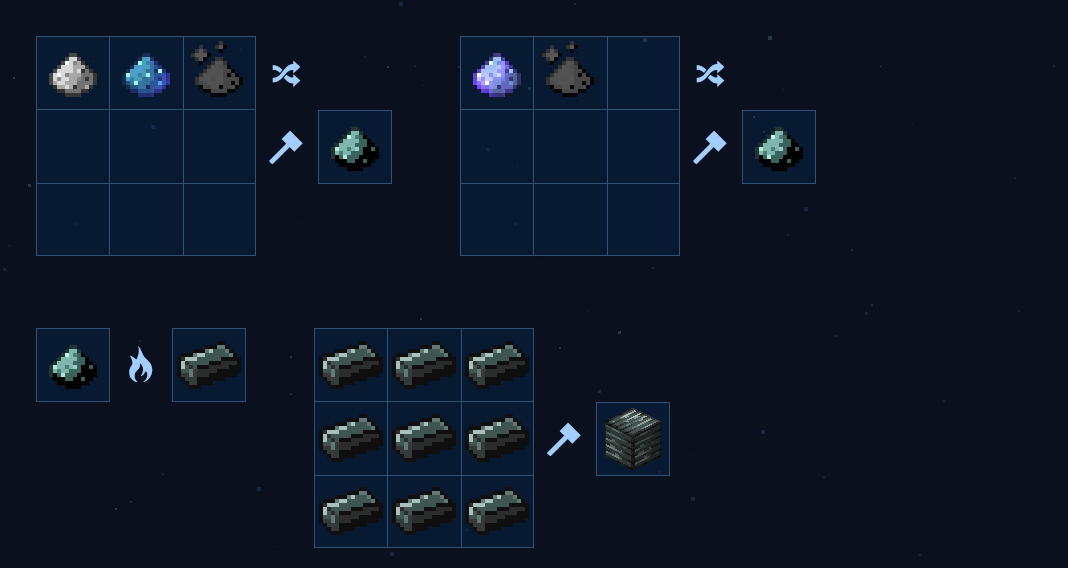
Composer
Composer Cell
- The Composer Cell is a single cell of a multi-block crafting grid, but it also has uses on its own.
- To put items into a Composer Cell, you may either right click with a stack to put one item into the cell, sneak + right click to put the entire stack into the cell, or simply drop a stack on top of it. The Unloader is useful for automating insertion into Composer Cells.
- Each Composer Cell can hold up to 64 of the same item. This ignores normal stack limitations.
- When a Composer Cell contains exactly one Soulbook, Murky Orb, or Soul Catalyst, you can insert essence into it in order to fill them. This method is much faster and simpler to fill these items than crafting.

Unloader
The Unloader is a block that will automatically drop any items put into it. It has no redstone support. To change how fast it drops items, you may feed it with a dropper or dispenser, and power those via redstone, or block the bottom of it with a trapdoor or full block.

Composer
The Composer is the main block of a multiblock structure. It functions as an autocrafting table. By default it is not very fast, but it can be heavily upgraded.
The composer can be on any side, as long as it’s in the middle of that side. Multiple composers will not connect to the same structure, however you can use the same bars, obsidian, and endersteel blocks in multiple composers. (potentially building 4 composers for the price of 3! (minus the composer cells and composer, of course))
The orientation of the composer is like a crafting table GUI. When looking at the structure from the composer, the right side is the top row of the crafting grid.
The Composer uses nearby creature types as fuel. Each unique creature type nearby makes it go slightly faster. However, one creature of each type nearby has a small chance of “poofing”, or being used up by the Composer, every second. (The creature will vanish entirely in a puff of smoke) EG: To keep a Composer running around the clock, you must feed it creatures with Summoner(s).
Any container items will be dropped underneath their cells after a composition completes. (You may put another block with an inventory underneath to deposit them into this inventory instead)
Composers support comparators, they will output a signal strength of 1 if they are at 0% composed and 15 if they are at 100% composed. If they’re not active, they will output a signal strength of 0.
The Composer can craft any normal crafting recipe. The recipes will take the default amount of time, named 1t. Recipes exclusive to the Composer can take much longer, such as 512t, which would mean 512x as long as a normal recipe.

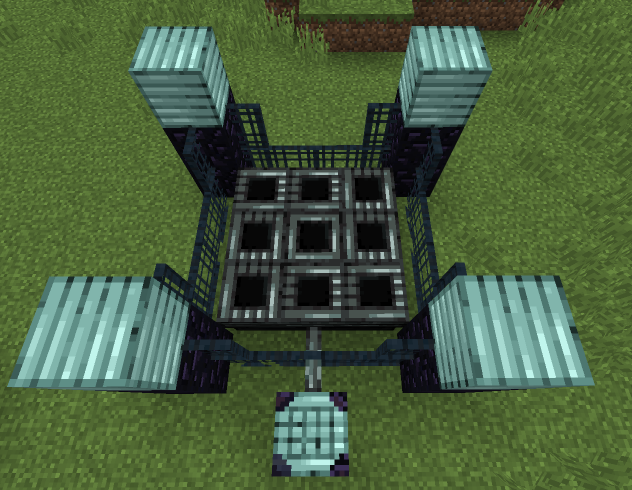
Murky Orb (Range)
The range of the Composer is a 4 block radius from the center Composer Cell. Each Murky Orb extends that radius by 1 block.
Oscillating Gear (Speed)
Increases the composition speed of the Composer.
Niobium Gear (Efficiency)
Decreases the rate at which mobs “poof” (are used by the Composer).
Endersteel Alchemy
Once you have a composer, you may create Endersteel from any ingot.

With Endersteel, you can then alchemize any other base metal.

By default, a few other common modded metals have alchemy recipes:
- Aluminum
- Copper
- Lead
- Nickel
- Silver
- Tin
- Zinc
You will notice this method is not lossless. Consider creating the Endersteel from a renewable resource, such as Bricks, which can be converted into Endersteel the same as all other ingots.
If you believe another metal should be supported in Soulus by default, make an issue for it. Note that I will only be adding recipes for metals which are “easy” to collect. IE, I don’t want to cut out progression from other mods.
Manufacturing Essences
Slimes, Magma Cubes, and Iron Golems have essences, but as they do not have bones, they cannot be collected the normal way. However, you can synthesize their essence from their materials, in a Composer.
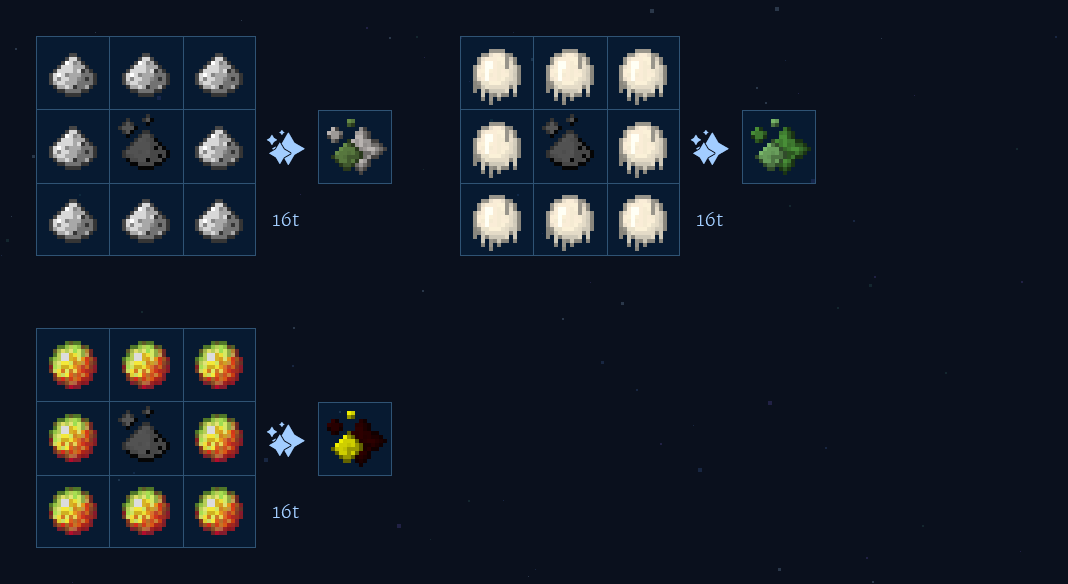
Midnight Jewel
Each held Midnight Jewel has a small chance every tick of dealing damage and inflicting negative status effects upon the holder. It will not end well to hold a stack or more of the Jewels.

Enderlink
- The Enderlink is a block used for teleportation of creatures and items. It functions as the “anchor” of teleportation — eg: it is one-way, to the Enderlink.
- To set up an Enderlink, firt place Ender Dust on the ground where you want the items or creatures to be teleported from. By default, the Ender Dust is “aligned” to Light Blue. However, by right clicking with a dye, you can change the “alignment” of the dust.
- Next, place the Enderlink. It can be placed facing any direction, and will be placed facing towards you. By default, the Enderlink is also aligned to Light Blue. This means that the Ender Dust is linked to the Enderlink. You can test if it works by standing on the nearby Ender Dust. You will be teleported to the front of the Enderlink.
- By default, the Enderlink has a range of 16 blocks. Each Murky Orb extends its range by 1 block, up to a total distance of 32 blocks.
- The Enderlink can be disabled with a redstone signal.
- Note: As always, all numbers are configurable. However, the range of the Enderlink is limited by chunks. Teleportation is done based on entities which are colliding with Ender Dust, which requires looping through the tile entities in the chunks within range (25 chunks), in order to find a valid Enderlink. This chunk range is not configurable and will not be. Therefore, the maximum range shouldn’t be expanded beyond 32.
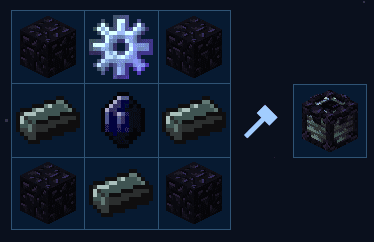
Niobium & Soul Catalyst
Niobium is the late-game Soulus metal. It’s mainly used for Niobium Gears, which function as efficiency upgrades in most machines.

Like the other Soulus metal blocks, Niobium also has special interactivity with redstone. When a comparator is connected, its output is the exact inverse of the input power. EG: Input is 15, output is 0. Input is 4, output is 11. It’s like a slightly more powerful redstone torch.

Soul Catalyst
A Soul Catalyst must be filled with essence of any kind. Once it is filled, it can be used as the fuel for a Soul Totem. Soul Catalysts can be filled via crafting recipes or by putting them into a Composer Cell.
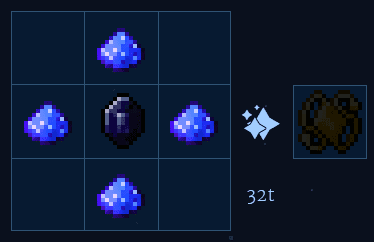
Soul Totem
Stardust Bricks

Soul Totem
- The Soul Totem is the main block of a multiblock structure — the Soul Totem on top, with 4 blocks of Niobium in the corners underneath.
- It takes Soul Catalysts as fuel, inserted like an upgrade. When fueled, the Soul Totem functions as a player for any nearby Summoners. It also functions as a chunk loader, loading the chunk of the Soul Totem block and the surrounding ring of chunks, for a total of 9 chunks.
- The Soul Totem can be disabled with redstone, but on re-enabling, it will use more fuel to “jump-start” itself (depending on how long it was off).
- The Soul Totem only has one upgrade, the Niobium Gear, which reduces the rate at which the Soul Catalyst fuel is consumed (to, by default, around a third of the normal rate).
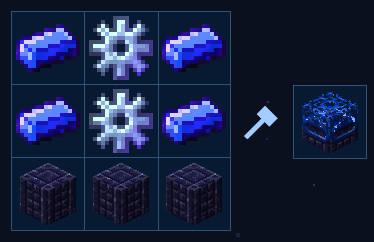
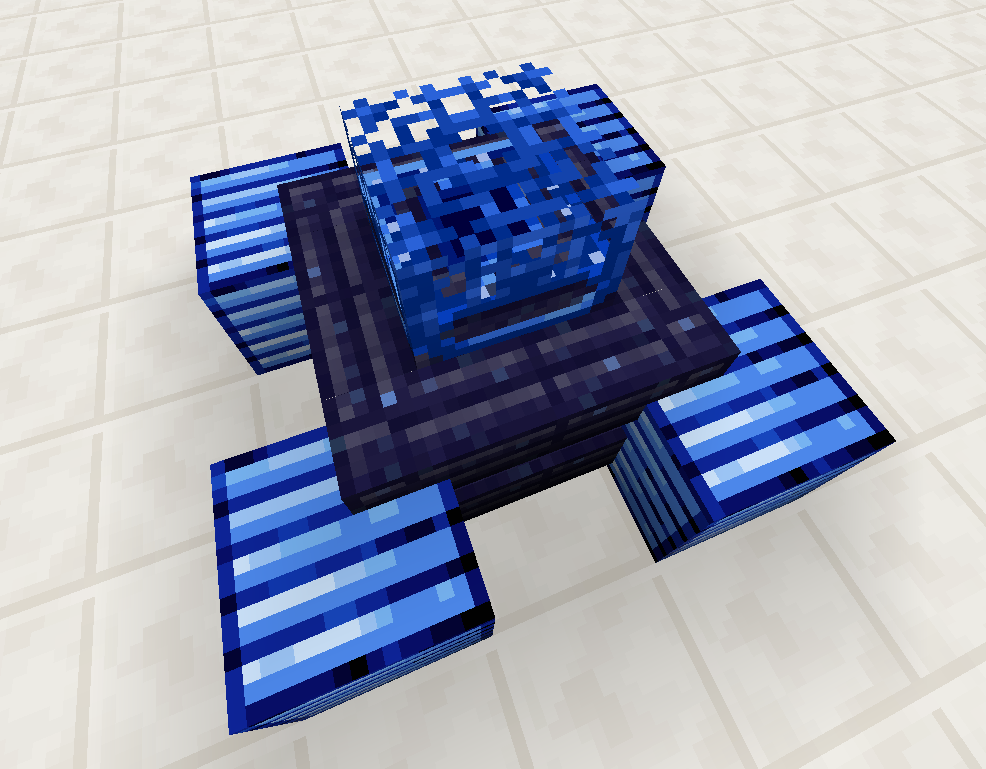
Screenshots:
All Items
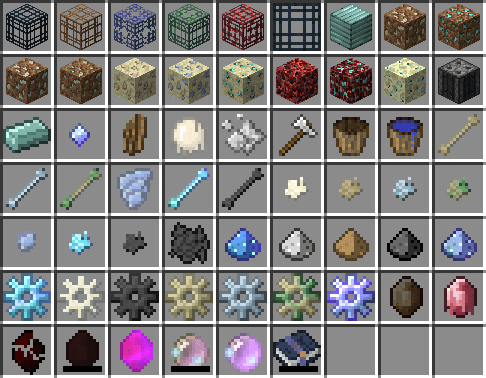
Requires:
How to install:
How To Download & Install Mods with Minecraft Forge
How To Download & Install Fabric Mods
Don’t miss out today’s latest Minecraft Mods
Soulus Mod (1.12.2) Download Links
For Minecraft 1.12.2
Forge version: Download from Server 1 – Download from Server 2
Tags:
YOU MAY ALSO LIKE...
